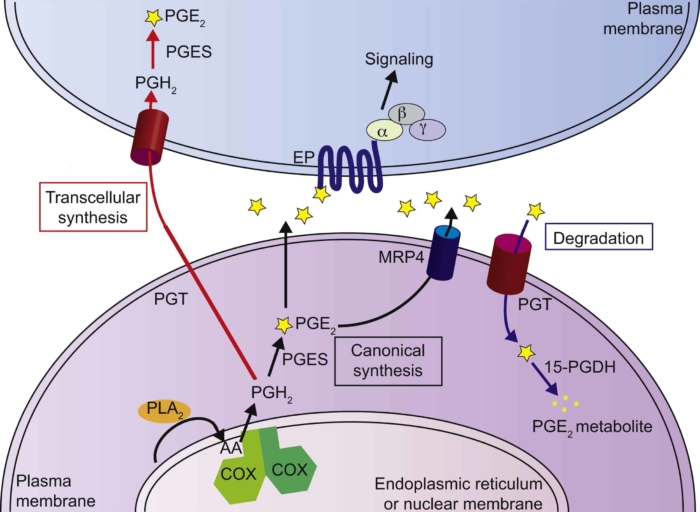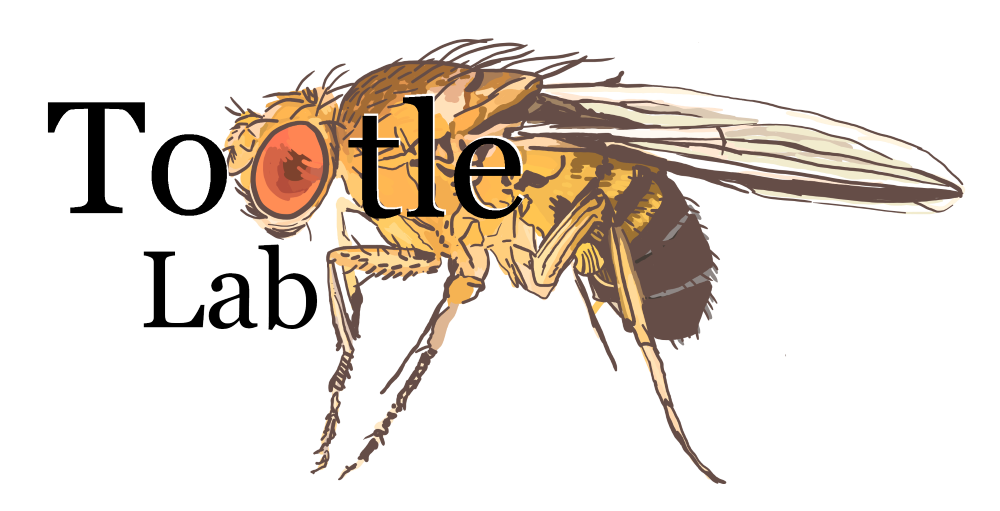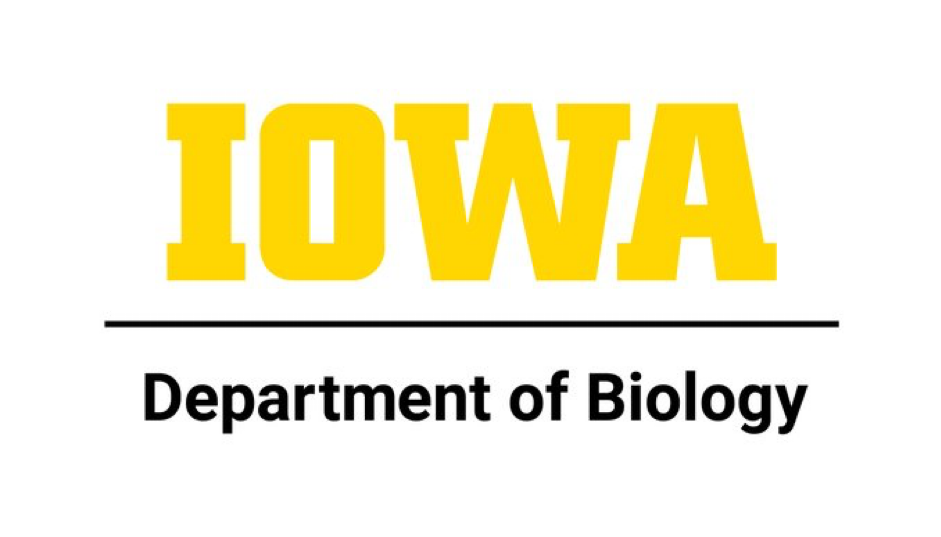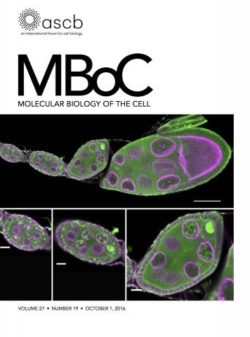What is Aspirin Really Doing?
Aspirin, and other non-steroidal anti-inflammatory drugs (NSAIDs) have a wide variety of effects including:
- Relieving pain and inflammation
- Causing stomach irritation that can result in bleeding ulcers
- Reducing the risk of heart attack and stroke (low-dose aspirin)
- Causing cardiovascular complications (high dose or long term use)
- Causing reversible infertility in women
- Reducing the risk of developing certain cancers and slowing their progression.

These drugs have such a wide range of effects because they inhibit the cyclooxygenase (COX) enzymes required for the production of all prostaglandins. Prostaglandins are a class of small, bioactive lipid signaling molecules. There are at least 5 major prostaglandin types. Each type initiates one or more signaling site cascades. Therefore, each prostaglandin can elicit multiple outcomes. This means that when you take a NSAID, such as ibuprofen, you block the COX enzyme, the production of multiple types of prostaglandins, and the signaling events downstream of those prostaglandins. Thus, it is not surprising that NSAIDs have such a wide variety of effects.
In the Tootle Lab, we believe that if we want to target a particular action of prostaglandins, such as promoting heart health or preventing cancer, then we need to define the downstream targets of the specific prostaglandin signaling cascade that regulates those actions. To achieve this goal, we use the simple, yet elegant, system of Drosophila (fruit fly) genetics.

Why Drosophila?
You may wonder why we use fruit flies to study prostaglandins. There are many reasons to use fruit flies, including:
- Flies are small and have a fast generation time (10 days!). This means we can do very rapid genetics.
- The genome is fully sequenced and well annotated. This allows us to identify the fly homologs of genes involved in human health and disease.
- There is less genetic redundancy in flies. While a human often has multiple genes that encode for a particular protein, flies generally have one.
- The fly community has been working tirelessly to generate mutations in every gene. Currently, there are mutants available for about ~70% of the genes in the fly. This means that it is very easy to quickly assess the function of human disease genes.
- Flies are a simple organism, but they have tissues and organs that are similar to those in humans.
- Flies are one of the oldest genetic model systems. Therefore, the field has developed sophisticated genetic tools that allow us to perturb gene function in a cell specific manner.
Thus, Drosophila is a great model system to study the genes involved in human disease.


